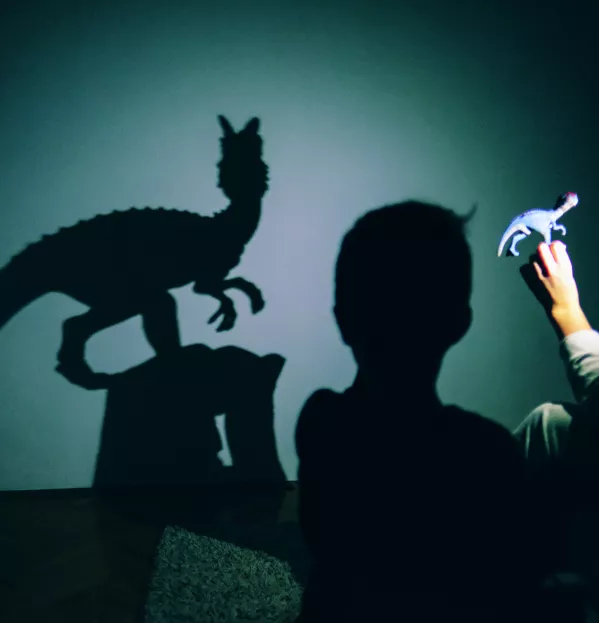Let imagination take centre stage in early years
Share
Let imagination take centre stage in early years
https://www.tes.com/magazine/archived/let-imagination-take-centre-stage-early-years

Nothing beats story time at primary school. Whether you’re reading an action-packed adventure to Year 6 or you spend an afternoon on a teddy bear hunt with Year 1, it’s a special time of day for everyone.
For the littlest of learners in early years, story time is about so much more than simply listening to a story being read out loud - it’s about bringing it to life.
But how can we achieve this? Once you’ve exhausted all of your funny voices and vigorously acted out the pirate scene with your TA, how else can you introduce children to the magic of a story?
Early years foundation lead Helen Pinnington says she’s come across a three-phase method that really flies: “Helicopter stories.” The phrase has its origins in Trisha Lee’s Princesses, Dragons and Helicopter Stories book from 2015, and the technique is fast becoming a firm favourite in EYFS classrooms. So how does it work?
It starts, Pinnington says, with whole-class drama teaching. Set up a stage, and invite children to enact a few simple stories together. There are stories in Lee’s book you can use, but otherwise you could make up your own. Pinnington recommends putting emphasis on the verbs to encourage action, and featuring stories with animals to encourage children to use their imagination to move in a particular way (not to mention the comic effect of this).
In EYFS, children regularly make up stories in imaginary play scenarios. But these are rarely captured or celebrated, says Pinnington. The next stage of helicopter stories is all about empowering children to create their own story and then experience it being performed to a live (and hopefully) captivated audience.
Each child is invited onto the stage to tell their story, and the teacher scribes it on a large flipboard in front of the group. Take the time to talk slowly through the story, working on one sentence at a time. Once it’s recorded, the children can act it out.
The final phase offers opportunities for children to tell their stories in a one-to-one scenario when they initiate it. Children are invited to find an adult when they want their story recorded. Pinnington says adults use a “special” gold book to write it down in. Later the story can be performed by the child to the class - and others can be invited to take on their own starring role. This part, says Pinnington, is often the children’s favourite bit. After all, which child doesn’t love sharing their own (obviously brilliant) story with the class?
Already a subscriber? Log in